ROMANTICISM
Romanticism was an artistic and intellectual movement that ran from the late eighteenth century through the nineteenth century. It focused on strong emotion as a source of aesthetic experience, placing emphasis on such emotions as trepidation, horror, and the awe. It elevated folk art, language, and custom. Romanticism rose as a reaction against the excessive rationalism of the Enlightenment. It drew upon the French Revolution’s rejection of aristocratic social and political norms. It was also influenced by the theory of evolution and uniformitarianism, which argued that “the past is the key to the present.” This lead some Romantics to look back nostalgically to the Middle Ages and elements of art and narrative perceived to be from the medieval period. The ideals of the French Revolution influenced the Romantic movement in other ways. Romanticism elevated the achievements of what it perceived as misunderstood heroic individuals and artists that altered society, and legitimized the individual imagination as a critical authority which permitted freedom from classical notions of form in art.
IMPRESSIONISM
Impressionism was a radical art movement that began in the late 1800s, centered primarily around Parisian painters. Impressionists rebelled against classical subject matter and embraced modernity, desiring to create works that reflected the world in which they lived. Uniting them was a focus on how light could define a moment in time, with colour providing definition instead of black lines. The Impressionists emphasized the practice of plein air painting, or painting outside. Initially disapproved by critics, Impressionism has since been embraced as one of the most popular and influential art styles in Western history. Artists abandoned the traditional landscape palette of muted greens, browns, and grays and instead painted in a lighter, sunnier, more brilliant key. They began by painting the play of light upon water and the reflected colours of its ripples, trying to reproduce the manifold and animated effects of sunlight and shadow and of direct and reflected light that they observed.
MODERNISM
Modernism, in the fine arts, was a break with the past and the concurrent search for new forms of expression. Modernism fostered a period of experimentation in the arts from the late 19th to the mid-20th century, particularly in the years following World War I. In an era characterized by industrialization, the nearly global adoption of capitalism, rapid social change, and advances in science and the social sciences, Modernists felt a growing alienation incompatible with Victorian morality, optimism, and convention. New ideas in psychology, philosophy, and political theory kindled a search for new modes of expression. In the visual arts the roots of Modernism are often traced back to painter Édouard Manet, who, beginning in the 1860s, not only depicted scenes of modern life but also broke with tradition when he made no attempt to mimic the real world by way of perspective and modeling. He instead drew attention to the fact that his work of art was simply paint on a flat canvas and that it was made by using a paintbrush.
REALISM
Realism, in the arts, is the accurate, detailed, and unembellished depiction of nature or of contemporary life. Realism rejects imaginative idealization in favour of a close observation of outward appearances. Realism was stimulated by several intellectual developments in the first half of the 19th century. Among these were the anti-Romantic movement in Germany, with its emphasis on the common man as an artistic subject. Gustave Courbet is often considered the leading figure of Realism. He laid the groundwork for the movement in the 1840s, when he began portraying peasants and labourers on a grand scale typically reserved for religious, historical, or allegorical subjects. Prior to Courbet’s radical emergence, painters did not depict scenes as they saw them; instead, they idealized them, virtually erasing any flaws or imperfections. To Courbet, this approach was detrimental to painting, as it eliminated any sense of individuality.
CUBISM
The Cubist style emphasized the flat, two-dimensional surface of the picture plane, rejecting the traditional techniques of perspective, foreshortening, modeling, and chiaroscuro and refuting time-honoured theories that art should imitate nature. Cubist painters were not bound to copying form, texture, colour, and space. Instead, they presented a new reality in paintings that depicted radically fragmented objects. The monochromatic colour scheme was suited to the presentation of complex, multiple views of the object, which was reduced to overlapping opaque and transparent planes. Some historians have argued that these innovations represent a response to the changing experience of space, movement, and time in the modern world. This first phase of the movement was called Analytic Cubism.



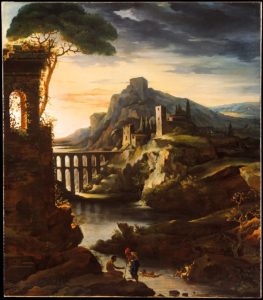







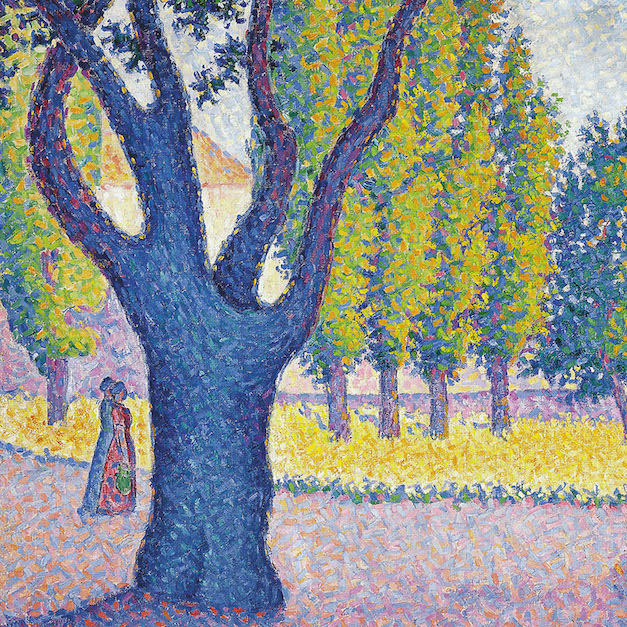



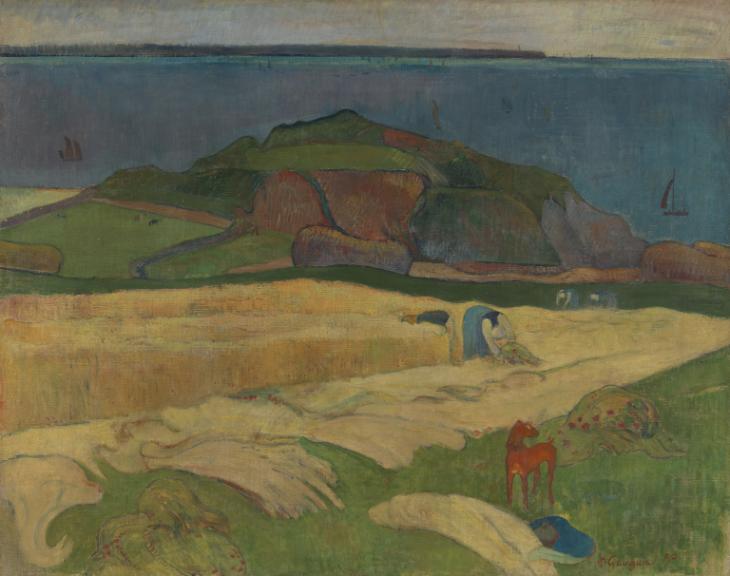




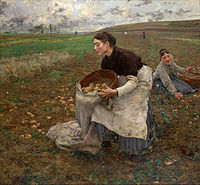
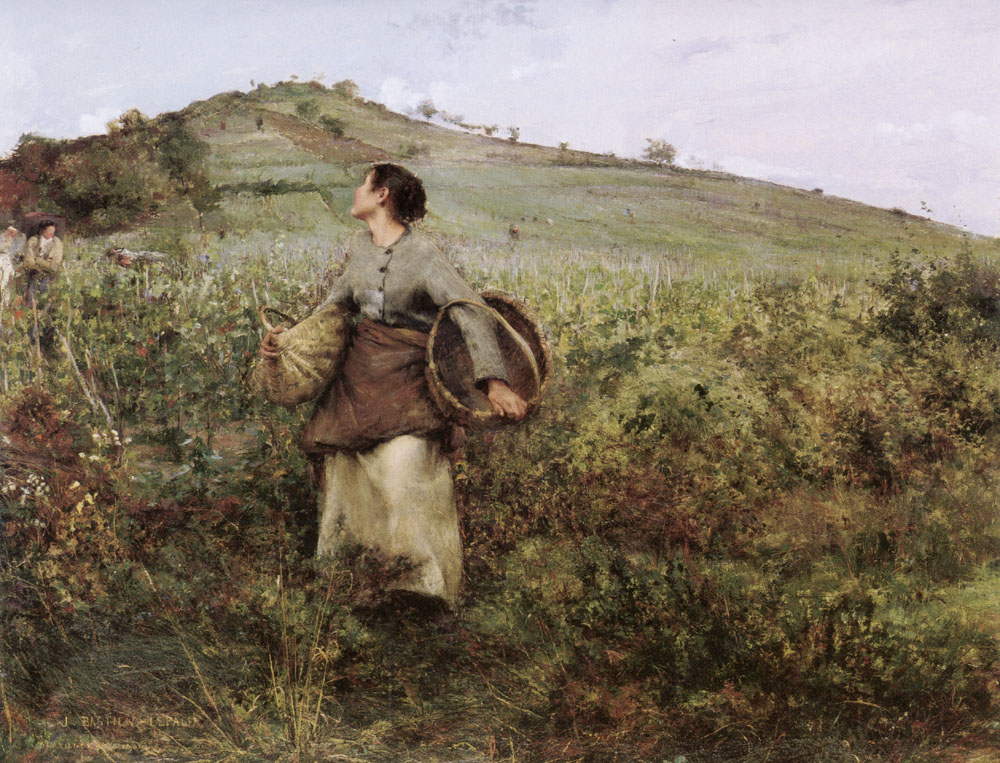
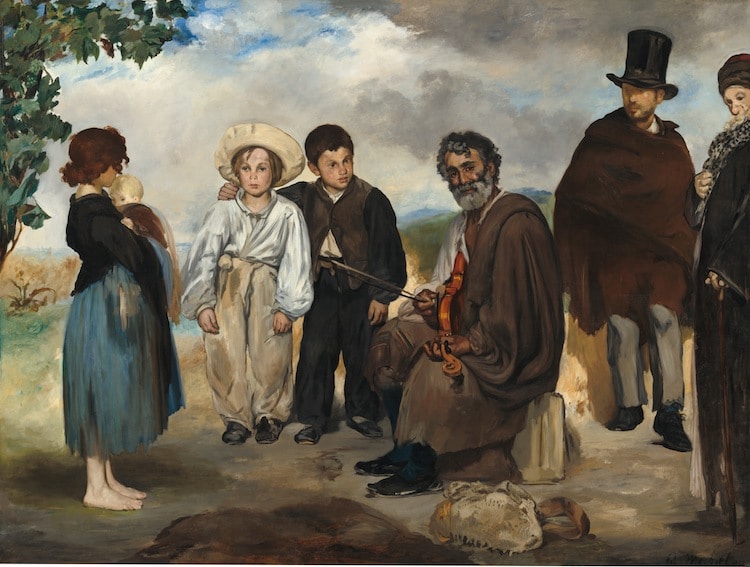

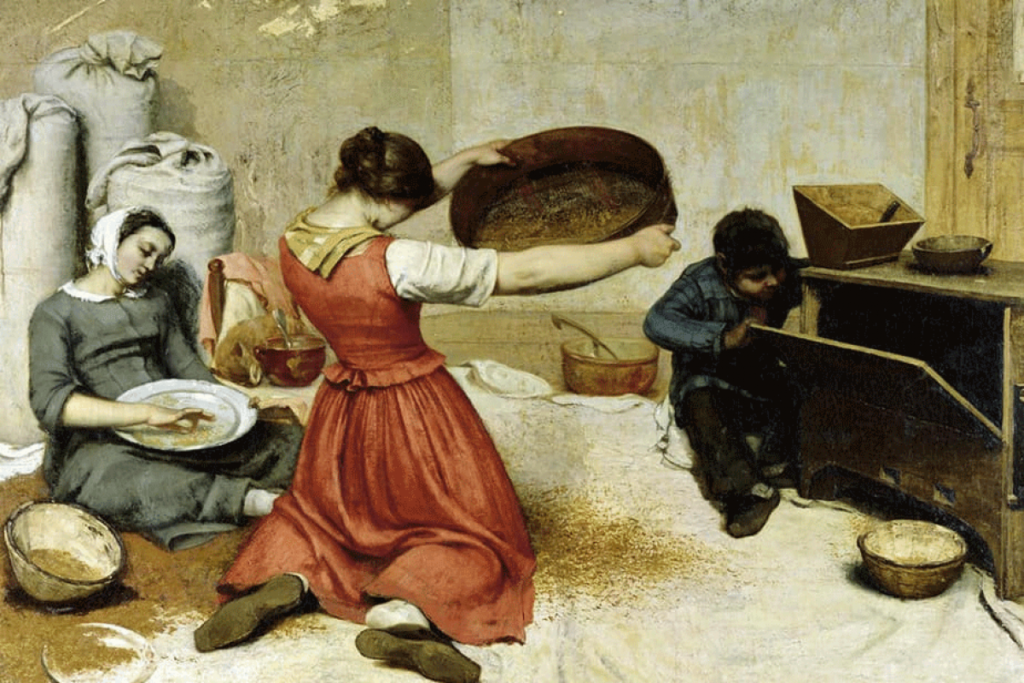



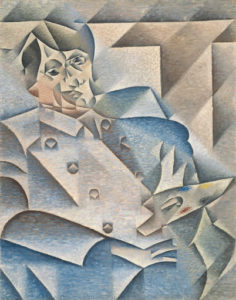


Niamh, some good blogposts produced so far. However, you need to publish post on essay questions, planning and write a draft essay introduction – reflecting on what we discussed last week so I can provide some feedback. In addition I also need to see any new images you have made in relation to your project.
Key text for you to read around family and memory is the introduction in book: Family Photography Now (on table in class)
What do I remember?
https://hautlieucreative.co.uk/photo20al/wp-content/uploads/sites/33/2019/11/What-do-I-remember.pdf
How can you tell a story?
https://hautlieucreative.co.uk/photo20al/wp-content/uploads/sites/33/2019/11/How-can-you-tell-a-story.pdf
Stephen-Bulger_Phototherapy_family-albums
https://hautlieucreative.co.uk/photo21al/wp-content/uploads/sites/41/2021/01/Stephen-Bulger_Phototherapy_family-albums.pdf
Photography and Memory
Kuhn, A. Remembrance: The Child I Never Was in Wells, L. (ed) (2003) The Photography Reader. London: Routledge
https://hautlieucreative.co.uk/photo21al/wp-content/uploads/sites/41/2021/01/Annette-Kuhn_Remembrance_the-child-I-never-was.pdf
Here are a few articles and photobooks on Photography and its relationship with memory. You should read them and references them in your essay.
Colberg, J (May 28, 2012) Photography and Memory
blogger on Conscientious
http://jmcolberg.com/weblog/extended/archives/photography_and_memory/
Jim Goldberg
https://www.magnumphotos.com/arts-culture/art/jim-goldberg-raised-by-wolves/
https://www.magnumphotos.com/theory-and-practice/fingerprint-tracing-roots-jim-goldbergs-raised-by-wolves/
Raised by Wolves video
https://vimeo.com/jimgoldberg/raisedbywolves